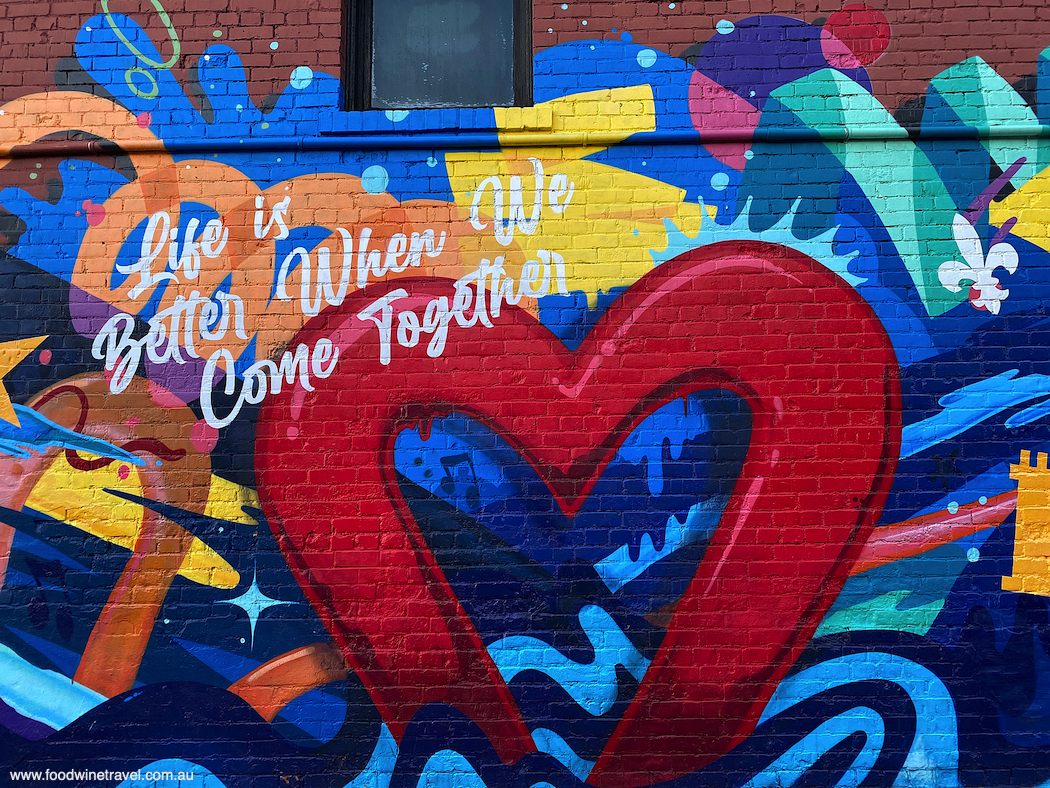
One of the most rewarding things about travel is the people you meet. Some of the best travel stories are about people – people of different places, cultures and perspectives. We can look at a lot of monuments, palaces and cathedrals but understanding what they’re about means finding out about the stories of people. What people have to say and, finding out what they think and do, gives us a personal and emotional connection to a place. It broadens our understanding of the place and gives us an explanation of what it’s about and why. We are all storytellers and we are always asking, “What’s the story?”
In recent years, guided tours have become more popular than ever and apart from the fact that everything is pre-organised and easy, they also have someone who is telling the stories. Many of them also use local guides in different destinations and often these people are themselves the story. Otherwise, engaging people and having a chat can be quite easy in places where people are friendly and welcoming, and such was the case in Lafayette, Louisiana.
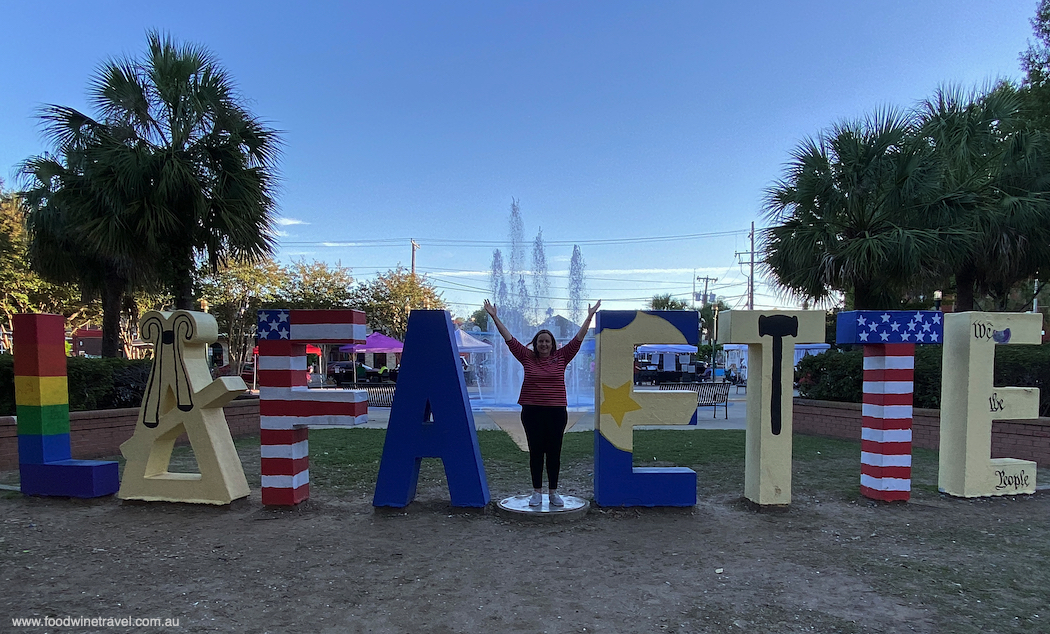
We were in Lafayette for the Festivals Acadiens et Créoles — three days of Cajun and Zydeco music and dancing, with a whole lot of other events going on around town. Before the festival opened, we were in Parc Sans Souci in downtown Lafayette where a band was playing, people were everywhere, kids were playing, and there were various community stalls.
Of course, we had to get a photo at the Lafayette sign which features seven-foot-high letters without the Y in the middle. You become the Y with your arms held high and outstretched. People lined up for the photo opportunity, obviously getting right into Lafayette.
Doug Dirt
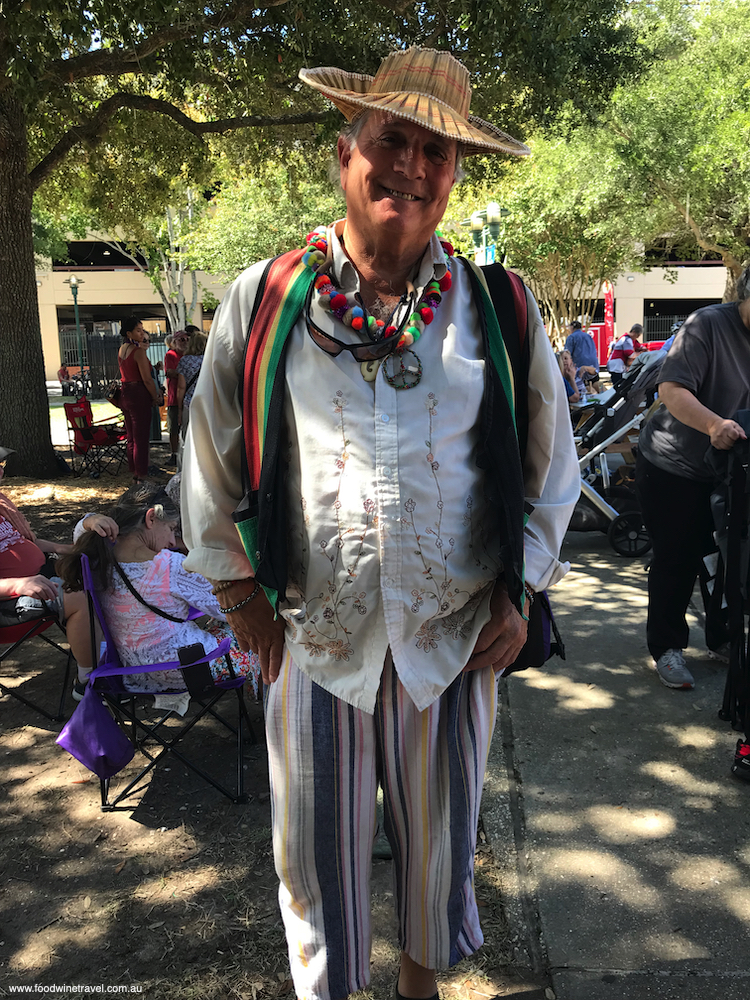
A very colourful character caught my eye. I told him I loved his outfit and I asked if I could take his picture. He was very happy for me to, and we got chatting. He introduced himself as Doug Dirt. “An interesting name,” I said, “but you look pretty clean to me.” He explained that ‘Dirt’ was the name he had adopted as a member of the Banana Slug String Band.
This is an environmental education band of, in their words, “impassioned musicians, songwriters, performers, educators, and eco-warriors, with guitars, voices, crazy characters, and an extraordinary ability to connect with children”. They say they are changing the world “one child at a time”. Their environmental activism takes the form of music which appeals to kids.
I was impressed with all this but asked Doug why he was in Lafayette. He explained that he came for the Festivals Acadiens et Créoles every year and that he wasn’t performing but he was dancing. It seems from what others who joined us were saying that Doug is a mighty impressive character who a lot of people want to dance with. In a park called Sans Souci, it was good to find someone who really did care.
A Cajun welcome
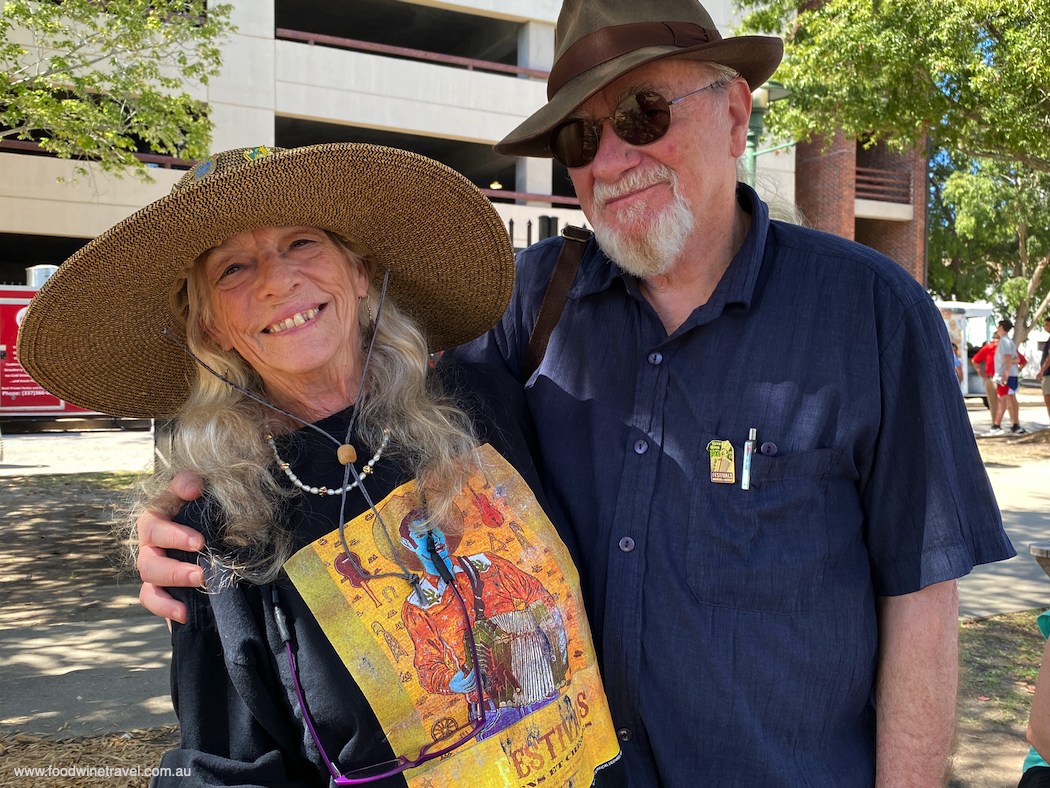
Also in the park we met Karen who, determining that we were visitors, told us that she comes from a very old Cajun family, originally from Nova Scotia in Canada, and, who in 1765, were kicked out when the British took over. She proudly told us the Cajun story. Those French-speaking Acadians, so named because they came from an area known as Acadia, later became known as Cajuns in Louisiana. With their own brand of French language, music and food, they have a unique cultural identity.
Karen told us that before her ancestors settled in Arcadia, they had previously been kicked out of France and before that, Germany. Early in the 20th century, Cajuns were very much discriminated against and their language banned in Louisiana schools. The name Cajun was often used in a derogatory sense.
Since the later part of the 20th century, there has been a major cultural renaissance and in 1980 Cajuns were officially recognized by the U.S. government as a national ethnic group. Now, many people proudly call themselves Cajun regardless of their ancestry or colour. Karen told us that Cajun people celebrate life and are very welcoming. If she was any example, I didn’t doubt it. Later that week at an Italian restaurant in River Ranch, Lafayette, the sommelier told us she tried to choose untypical wines that were “more fun and fruity just like we are in Lafayette”. She may have been a friend of Karen.
Anya at Sola
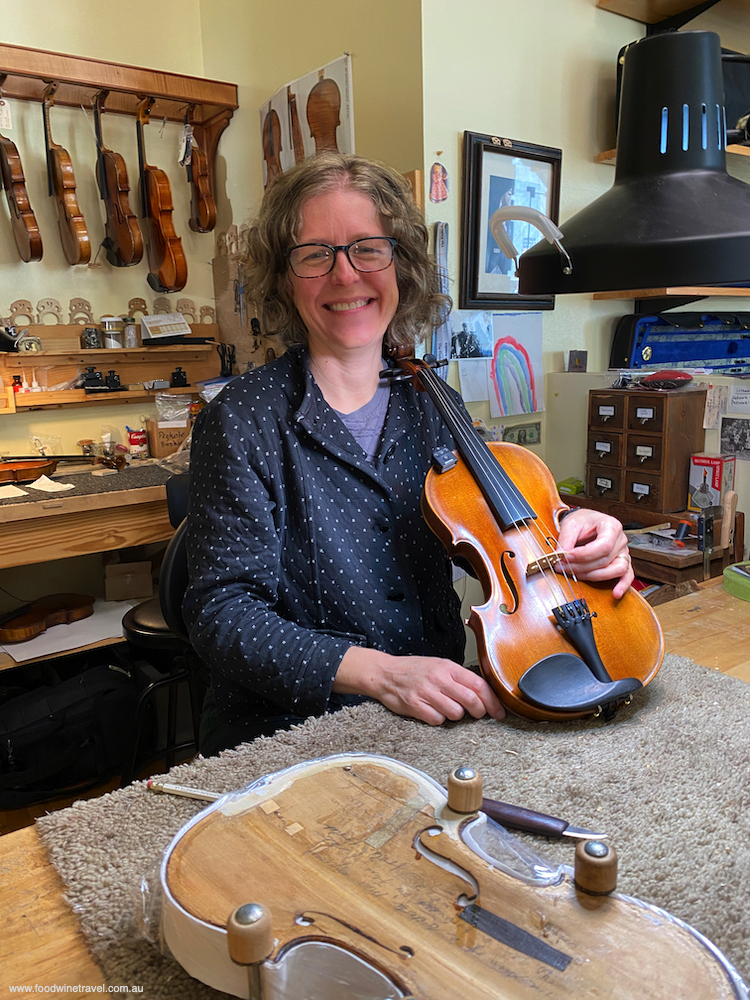
In downtown Lafayette, we visited the Sola Violins shop and got chatting to the owner, the multi-talented Anya. It’s one thing to be able to play the violin but to be able to make one is a whole other level. This ability undoubtedly enhances her playing with a better understanding and feel for the instrument.
Telling us her story, she said she was originally from Boston, had settled in Lafayette and now would not think of living anywhere else. With a very strong feeling of inclusion and community in Lafayette, it’s not hard to understand why she stayed. She described her instrument-making craft and musicianship as “a marriage of a lot of interests”, including her father’s work in architecture and her fascination with “making stuff”.
The shop has operated for 10 years but before that she repaired and made violins from home. With a lot of strings to her bow, Anya also plays in two Cajun bands including the all-female Magnolia Sisters. We caught up with her music all weekend during the Festivals Acadiens et Créoles.
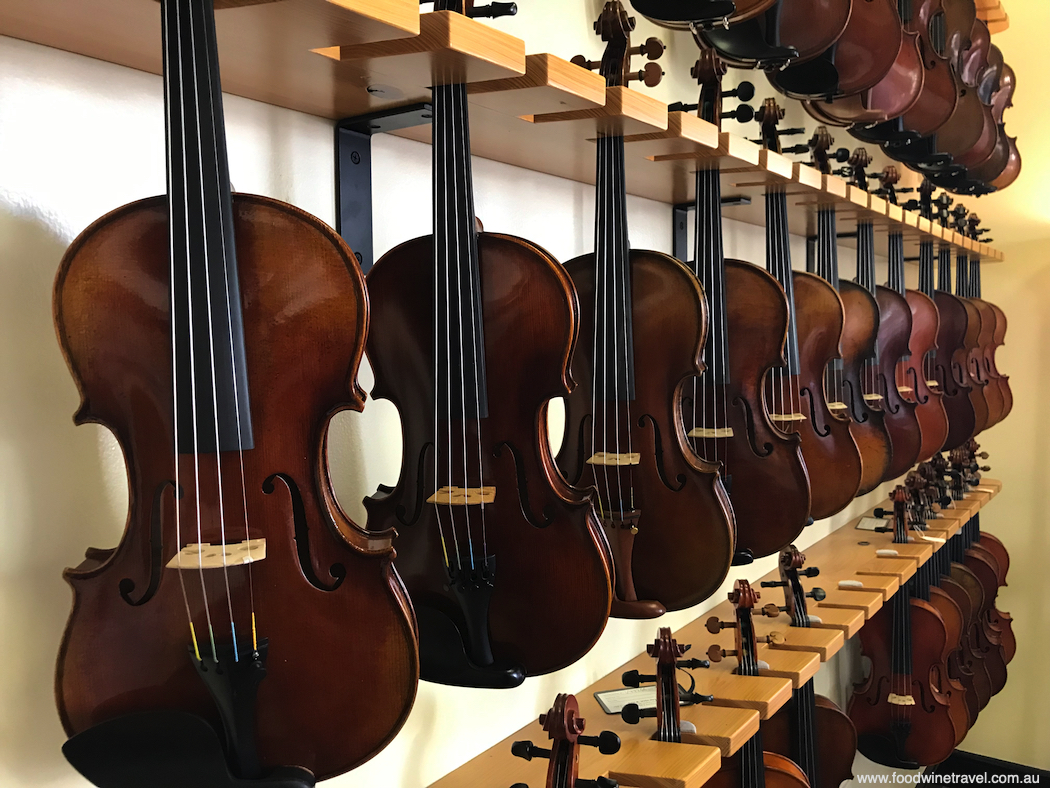
People in the street
There is some beautiful street art in Lafayette which tells a story of a town proud of its Cajun heritage and eager to celebrate its sense of community, acceptance and uniqueness. Every second Saturday, downtown Jefferson Street comes to life with art and craft stalls, exhibitions and music on the sidewalks and cafés.
I got talking to two guys who were setting up to play. They picked my accent as Australian even though they had never been there. They were intrigued by my hat and the fact that it was called an Akubra. I explained it was an iconic Australian felt hat made from rabbit fur, a fact that was very amusing to them. After some discussion about life in America and Australia, they decided they’d better start playing but I should come back for a chat later.
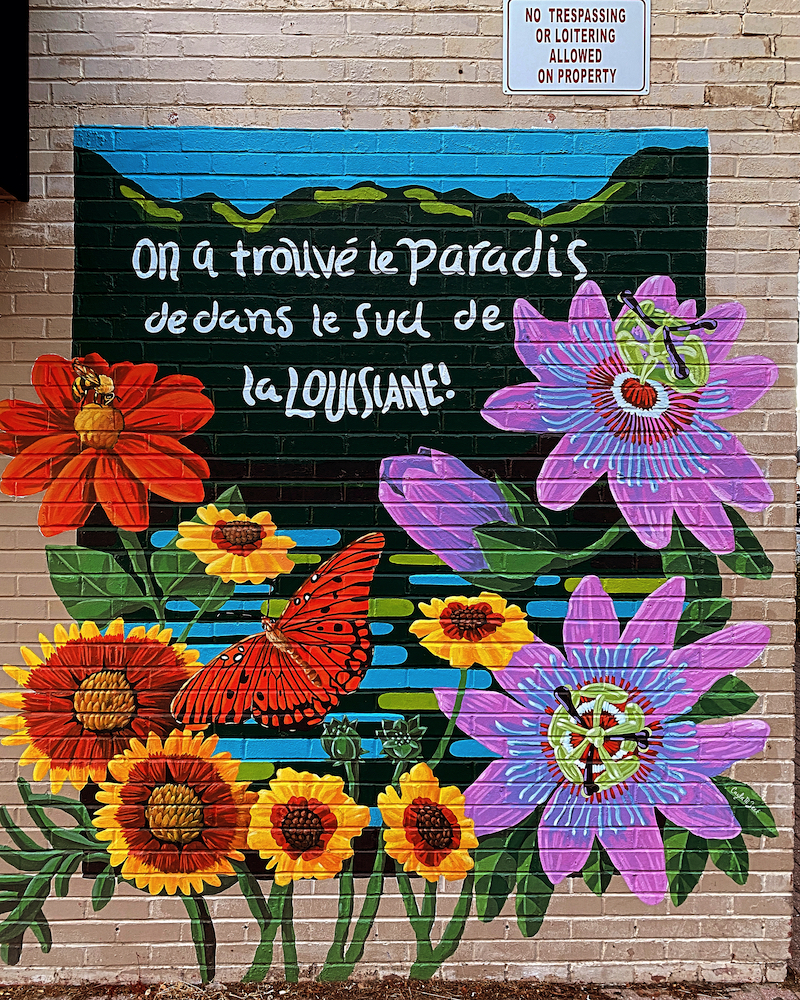
Further along the street, I encountered a stall set up by a group asking people to sign a petition opposing the banning and censoring of books in public libraries. I listened incredulously as they told me what a divisive issue this had become in America, peaking in 2023 with more than 4,000 books being challenged, including The Hill We Climb, the poem read by Amanda Gorman at Joe Biden’s presidential inauguration in 2021. Sadly, this trend has now spread to Australia.
The main targets are books about sexuality, race and gender politics. Tracie D. Hall, the outgoing head of the American Libraries Association, visited Australia recently and warned against this now global trend of censorship and book banning. Some of the books challenged in the U.S. include classics such as The Color Purple, The Handmaid’s Tale, Catcher in the Rye and Brave New World. I sincerely hope that in a place of acceptance and inclusion such as Lafayette, people can read in freedom.
Casian?
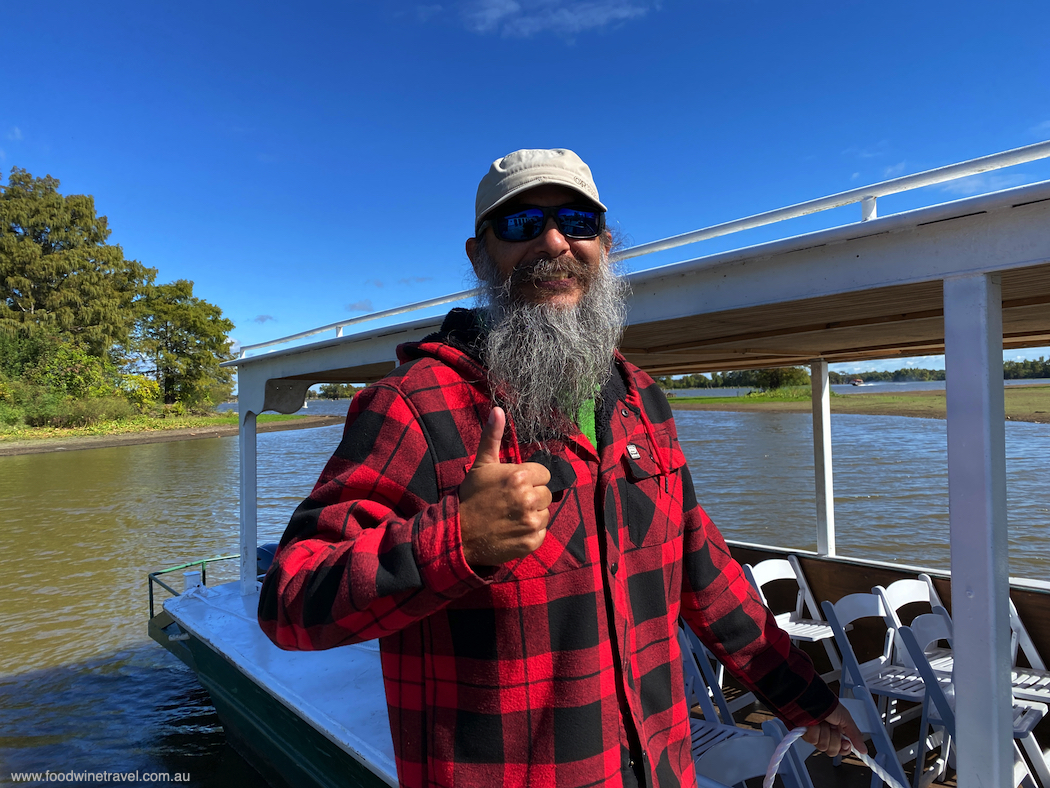
Remember I said that local guides are often the story themselves? Well, nowhere was this truer than with our guide Skip at McGee’s Louisiana Swamp & Airboat Tours on a cruise of the Atchafalaya Swamp. Apart from being extremely knowledgeable, Skip is a born wit and storyteller as well as an alligator wrangler. He told us how he got his nickname and explained that his real name is Romy. “I’m half Filipino so I’m Casian, not Cajun,” he quipped. The jokes continued but what was really apparent was the fact that Skip was proudly Cajun.
He related the Indigenous history of the swamp and the myths and legends that surround it, like the explanation for Spanish Moss. Equally as intriguing was the Cajun history and at one stage Skip took us past a boat on which a Cajun man aged in his 70’s had lived all his life and never left, relying on regular deliveries of necessities.
Skip talked a lot about Cajun food, stressing that it was a major preoccupation for Cajun people. “As soon as breakfast is over, Cajun people are thinking about lunch,” he said. We pulled up near two men fishing for crawfish and they described their life on the swamp and demonstrated how they used their nets.
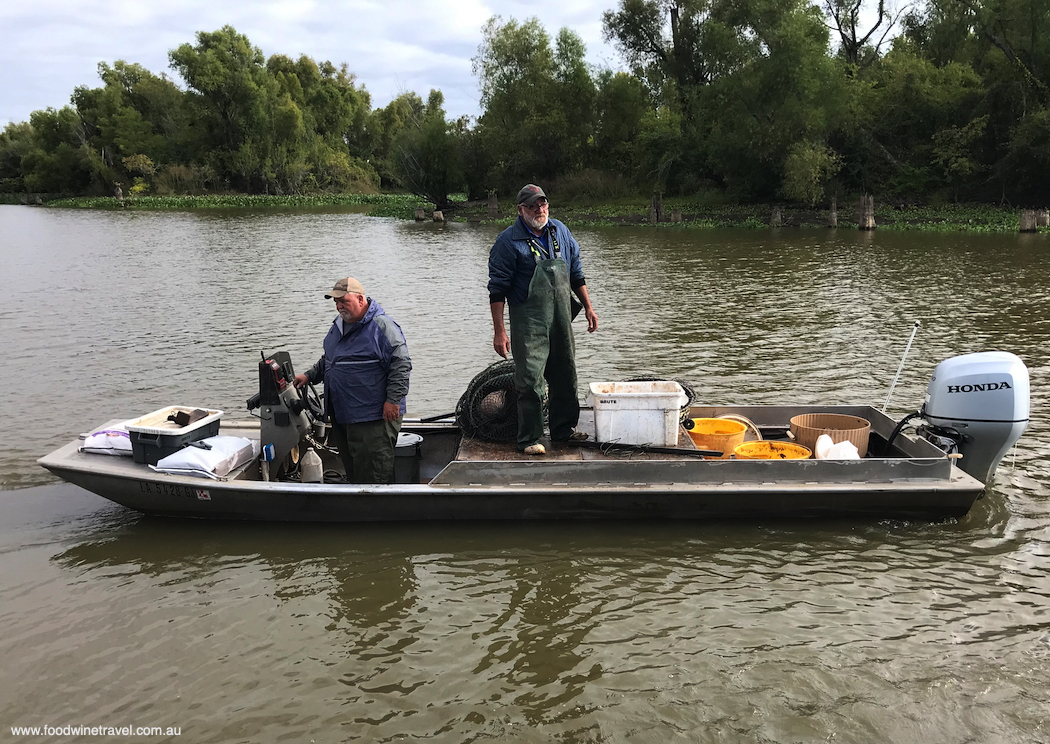
I was amazed with how well Skip could spot wildlife on the swamp and his knowledge about bird species and other animals. At one stage he stopped the boat at a well-known hangout of George, his favourite alligator. Skip skillfully “called him up” and suddenly George appeared above the surface, probably expecting some food. The Atchafalaya Swamp is a beautiful and intriguing place, made even more so by local guides like Skip.
There are many places around the world worth visiting for their scenery, architecture and uniqueness, although culture is also one of the main reasons for travel. The essence of culture is people, and the people of Lafayette really embody the unique Cajun culture with their acceptance and community spirit. They are certainly up for a chat.
www.lafayettetravel.com
www.ExploreLouisiana.com
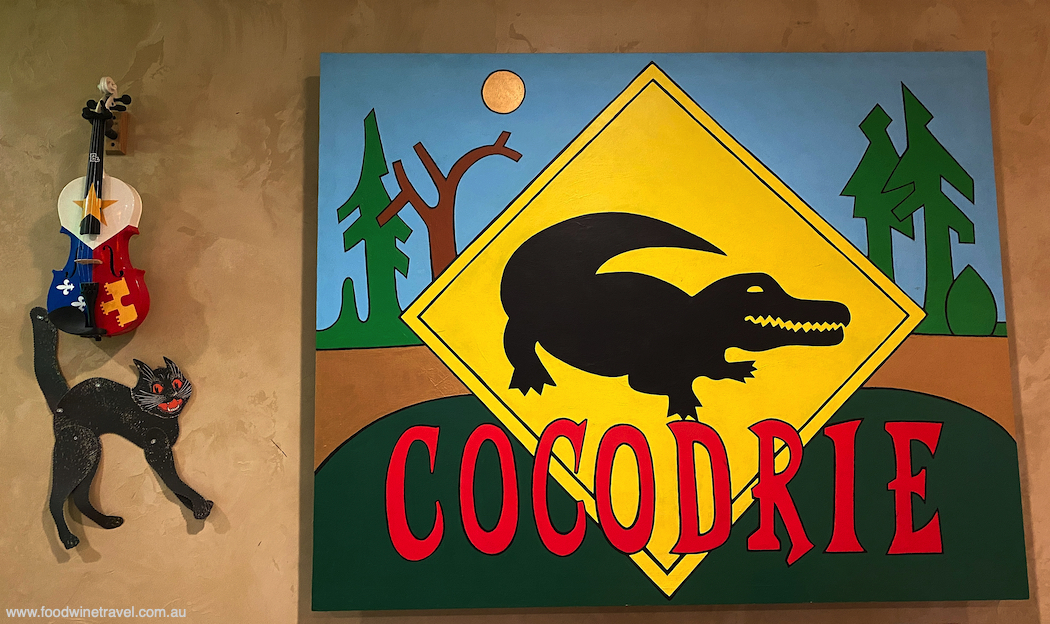
Maurie and Christine visited Lafayette as guests of the Lafayette Convention and Visitors Commission. We were part of a 3-day fam trip organized for members of the International Food, Wine & Travel Writers Association.
If you enjoyed this story, you might also like our story, Lagniappe in Colourful Lafayette.
Wherever he goes in the world, Maurie is always up for a chat. You can read about more of his chats here.

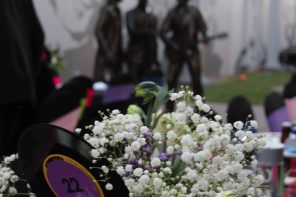
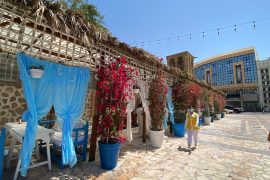

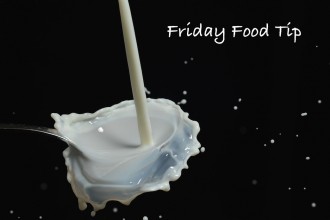
Lots of interesting characters!
That’s for sure!
Colourful characters with fascinating stories coupled with some very important issues.